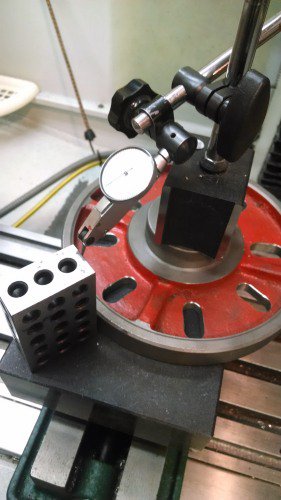I have an angle plate that I want to verify the squareness and parallelism. Might any of the learned folks on this site care to tutor me on doing so? I figure that this might take some time and effort on my part (duh) so it will require a bit of time. Any help will be greatly appreciated.
Along the same lines, is there anybody that offers regrinding of an angle plate if needed?
Thanks,
Pat
Along the same lines, is there anybody that offers regrinding of an angle plate if needed?
Thanks,
Pat


